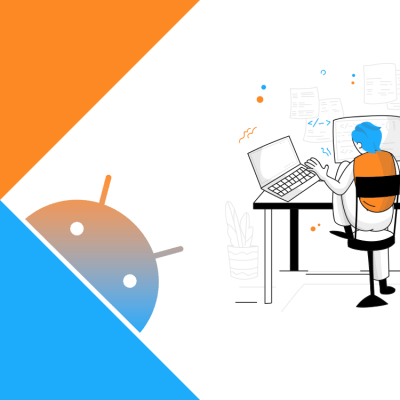Android Apps may be ruling the roost currently, with more than 1.6 billion apps now available on Google Play and billions of downloads already. When it comes to Android app development, several key areas exist in which app developers are unable make their apps perform to the expected level.
Let us discuss some of these issues, which are either related to the design level or some are at the implementation level. Either way, these problems can drastically reduce the performance or efficiency of the app.

Ways To Avoid Android Performance Issues
Battery
Smart phone apps tend to use up a lot of battery mainly due to network I/O. However, most developers today have become accustomed to using mains electricity for programming tasks. Here, many developers never consider the energy costs of I/O operations while writing for desktops or servers.
Much of the power goes in waking the radio of the smartphones, which is central to the communication and transmission process. The signal packets are transmitted when the radio is in on state, which means that it needs to remain continuously on whenever there is a data packet transfer.
Hence, developers need to understand that instead of sending data in piecemeal format, it is necessary that these network requests are treated as a block and these network requests are batched up. Due to the severe power requirements of some apps in this manner, some batteries fail to perform to the expected levels and consequently fail to deliver.
In order that you diagnose potential battery issues with your app, you can utilize a special tool from Google called Battery Historian. This tool records information as well as events on an Android device, but is limited to Android 5.0 Lollipop and later, with API Level 21+.
Memory Management
In a mobile operating system, physical memory is often constrained, hence, Random Access Memory becomes quite a valuable resource. In the case of Android, the Dalvik virtual machine performs routine garbage collection. However, you should not ignore this when and where memory is released or allocated by your app.
So that the garbage collector can reclaim memory from your app, it is best advised that you avoid the introduction of memory leaks, and release any reference objects at the appropriate time.
Swap space for memory is not offered by Android However, it uses paging and memory mapping to manage memory. This means that any memory that the developer modifies by touching mapped pages or allocating new objects, remains in RAM. This unfortunately cannot be paged out. Hence, in Android, the only way that memory that can be completely released from your app is by releasing object references, which the user may be holding, thus in this way, the garbage collector can avail of the released memory.
Using Services Sparingly
It is vital to understand that its not necessary to keep an app running in case it needs a service to perform work in the background, unless the app is performing a job actively. If you keep a service running when it is not needed, it is one of the worst memory management mistakes.
Hence, when you start a service, the system prefers to the process for that service running. Unfortunately, this process becomes extremely expensive as the RAM that this service cannot be paged out or cannot be used by anything else. It is poor logic to keep a service for an app running. Hence, due to RAM constraints, the risk of your app performing poorly increases, but it also carries the risk of being identified by users and getting uninstalled for misbehaving
App Responsiveness.
In the case of Android, it can so happen that your app can failed to respond and display an “Application Not Responding” (ANR) dialog. In Android, the system guards against the applications that are insufficiently responsive for a particular time period by displaying the ANR dialog. The user is also offered the option to quit the app. However, it is critical for the developer to develop an application so that the user never faces an ANR dialog.
Conclusion :
This article comprises of just a few of the methods that an Android app developer can utilize in order to improve app performance. An experienced Android developer will understand the usefulness of this issue and develop potential problems with Android Apps.



